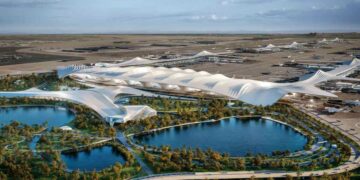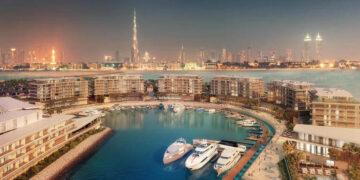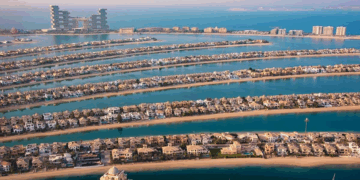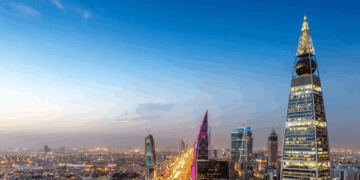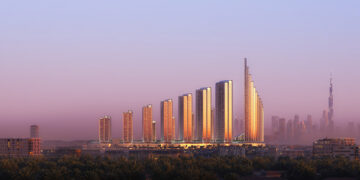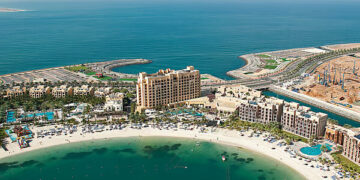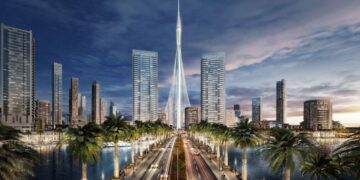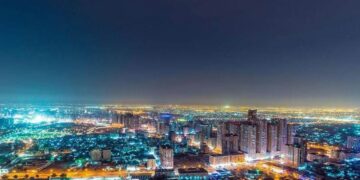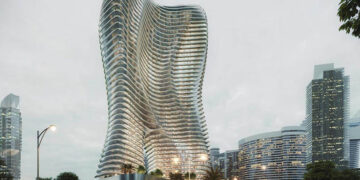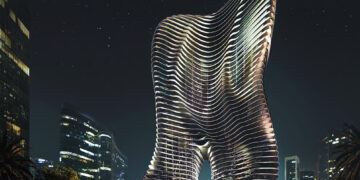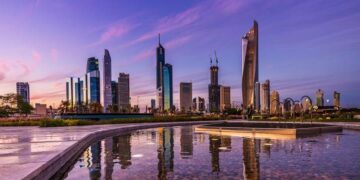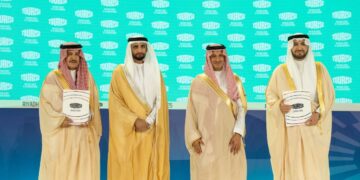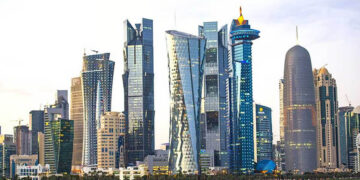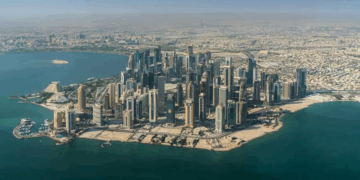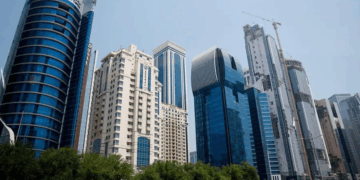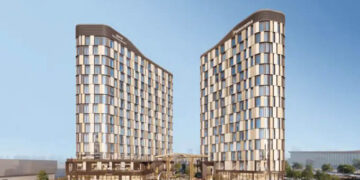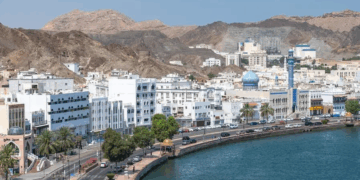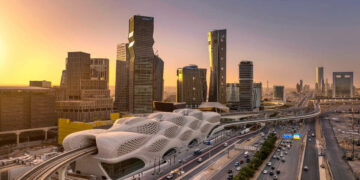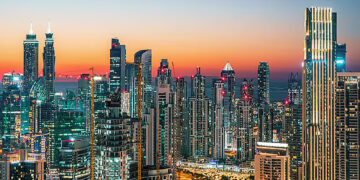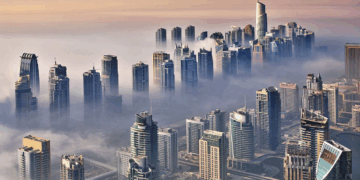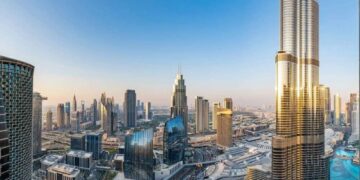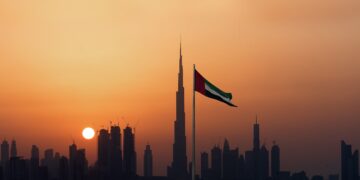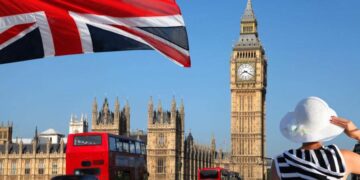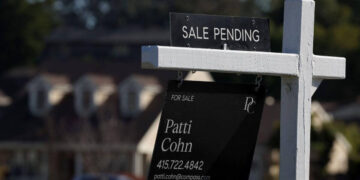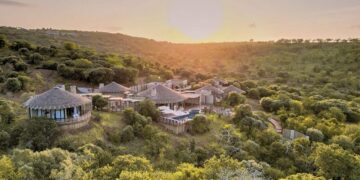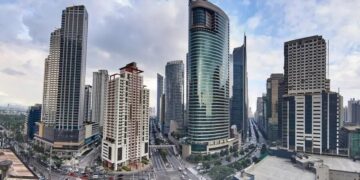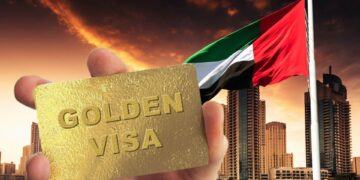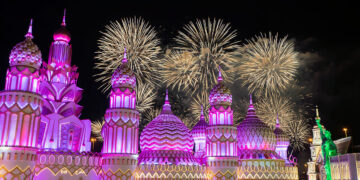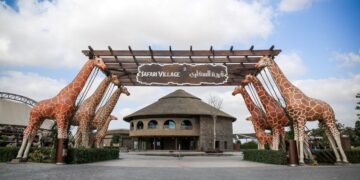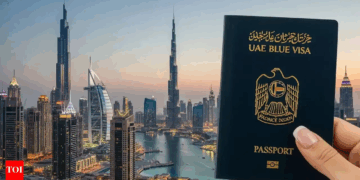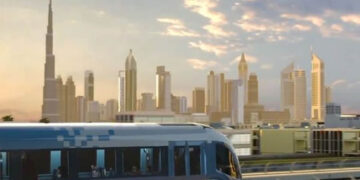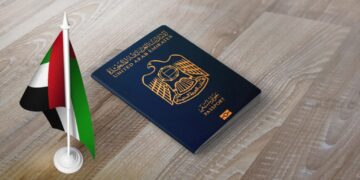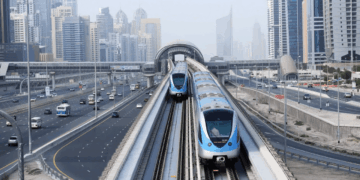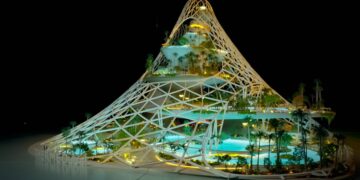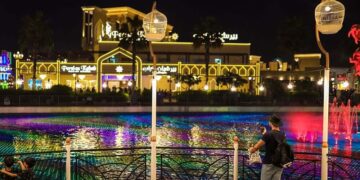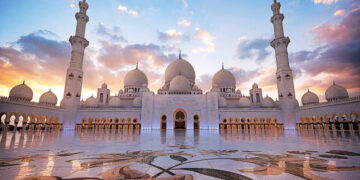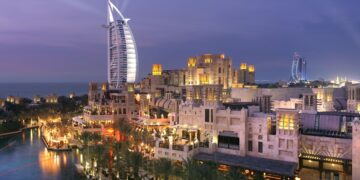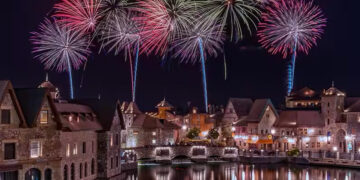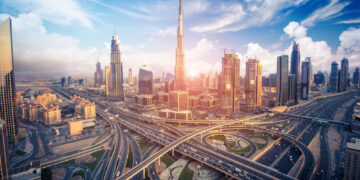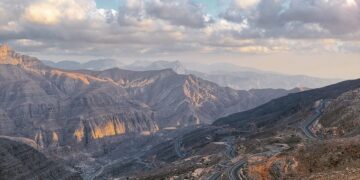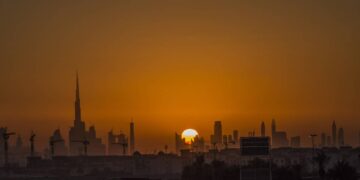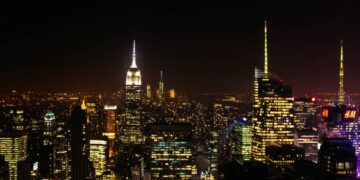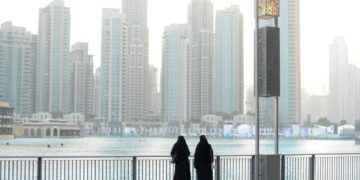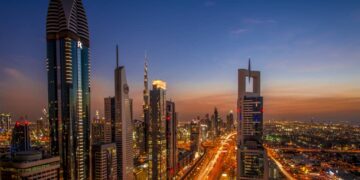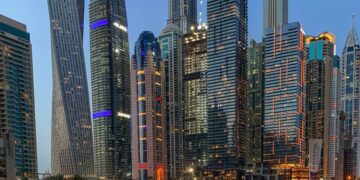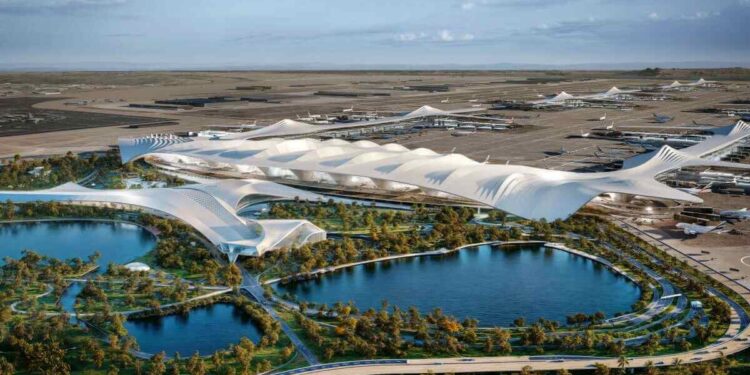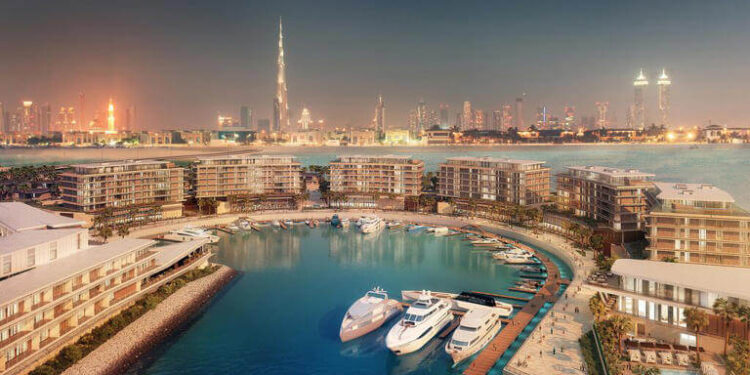As demand for real estate, logistics, and hospitality is driven by Al Maktoum Airport’s AED128 billion ($35 billion) renovation to become the largest in the world, property prices in Dubai South are predicted to rise by 15 to 20 percent over the next several years.
Real estate activity in Dubai South has significantly increased since the expansion was announced. According to Betterhomes’ most recent analysis, prices have increased for both off-plan and completed properties. More price increases are expected in 2025 since the government is currently aggressively issuing contracts and development is well under way.
Dubai South rental rates rise 20 percent in 2025
Dubai South real estate prices have increased by an average of 25% since the airport expansion was announced. In contrast, Downtown Dubai has seen an increase of 11%, while more established neighborhoods like Business Bay have been comparatively unchanged.
According to the survey, Dubai South’s total sales in 2024 hit AED16.1 billion, and the area has already topped AED15 billion in the first five months of 2025, suggesting that the trend is still going strong.
Additionally, rental prices have gone up; in 2025, average annual rents jumped by 20%. Betterhomes has noted similar trends, reporting monthly lead growth of over 20% and increasing demand across all segments.
Upcoming infrastructure developments to boost area’s appeal
At the moment, Dubai Investment Park costs AED 850 per square foot, whereas Dubai Industrial City sells for an average of AED 750 per square foot. Compared to premium locations like Downtown Dubai and Business Bay, where costs normally range between AED2,000 and AED2,500 per square foot, these numbers are almost 60% less. Due to this significant price differential, Dubai South is positioned as a desirable option for both end users and investors.
Future infrastructure projects that will connect to Al Maktoum Airport, such as the Dubai Metro Blue Line and the Etihad Rail network, which feature the airport as a designated stop, further enhance the area’s allure. These initiatives are anticipated to greatly increase regional connectivity, fueling additional demand and encouraging local capital growth.
Expansion to create housing opportunities for over 1 million people
Areas like Dubai Marina, JLT, and Al Barsha experienced substantial expansion in 2005 as a result of the opening of Terminal 3 at Dubai International Airport.
At the time, villas cost an average of AED1,500 per square foot, while apartments cost between AED560 and AED1,000. The average sale prices roughly doubled in a few years, reaching AED 1,211 per square foot by early 2008 as Terminal 3 was almost finished.
Thus, the expansion of Al Maktoum Airport is more than just a boost to the aviation industry; it has the potential to spur growth in the real estate, hospitality, and overall economy sectors. When completed, the new Al Maktoum Airport, which will cover 70 square kilometers and have 400 airplane gates and 5 runways, should be able to handle approximately 260 million passengers a year.
Over a million people are expected to find work and housing possibilities as a result of the terminal development in Dubai South, which will have a significant impact on many different industries. Population expansion is anticipated to follow employment creation, increasing housing demand and bolstering overall economic growth.
Transactions, property values, rental rates, and yields are already increasing in the surrounding districts. By 2030, the aviation industry alone is expected to account for more than 30% of Dubai’s GDP.
About 329,000 direct and indirect jobs were supported by Dubai Airports and the Emirates Group in 2023. As a sign of its strong commitment and consistent project progress, the government has already started issuing large contracts, such as the most recent AED1 billion deal for the airport’s second runway.
